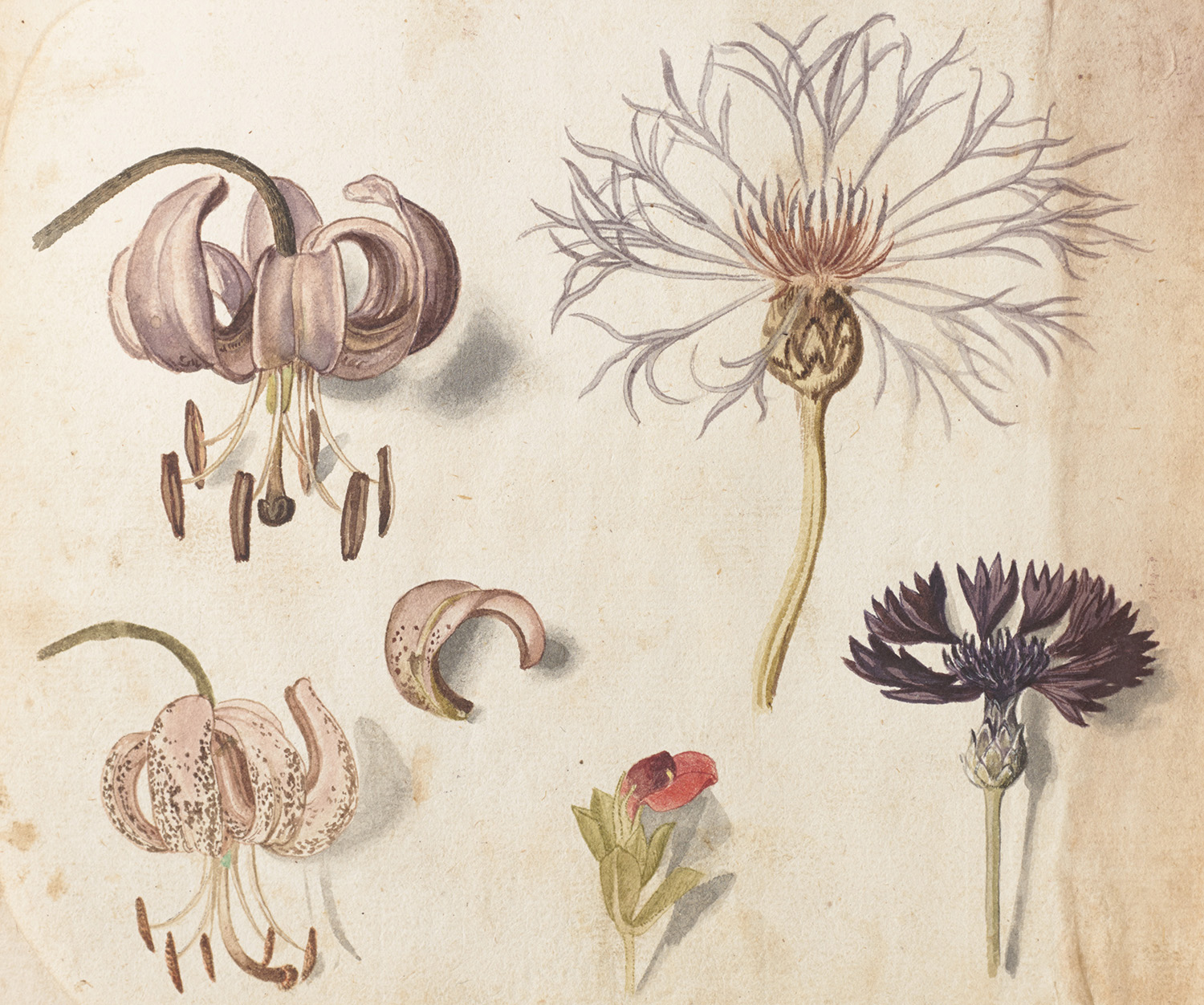There is a fascinating story to be found at the "English Garden" exhibition now on at the Panasonic Shiodome Museum — that is if you look closely. That tale is of botanical imperialism, namely the desire by the expansionary spirit of the British Empire to send artists and botanists to far-flung, exotic lands to draw, paint, record, collect and occasionally transplant various plant species to new environments.
The center of this major operation was the Royal Botanical Gardens, Kew — now a spacious green area, with capacious green houses and the odd exotic structure, all in the rather noisy flight path of Heathrow Airport. But back in the 18th and 19th centuries, the gardens served as a base for the study of plant species that might have some economic benefit to the Empire. Accordingly, this exhibition uses Kew Gardens, as its more commonly known, as a unifying motif for a range of botanical art, as well as a few connected items, such as beautiful plant-based designs and fabrics by William Morris (1834-96)
The design of the exhibition space is by the Tokyo-based architects Klein Dytham, and it echoes the Princess of Wales Conservatory, a sprawling collection of greenhouses in Kew Gardens.



















With your current subscription plan you can comment on stories. However, before writing your first comment, please create a display name in the Profile section of your subscriber account page.